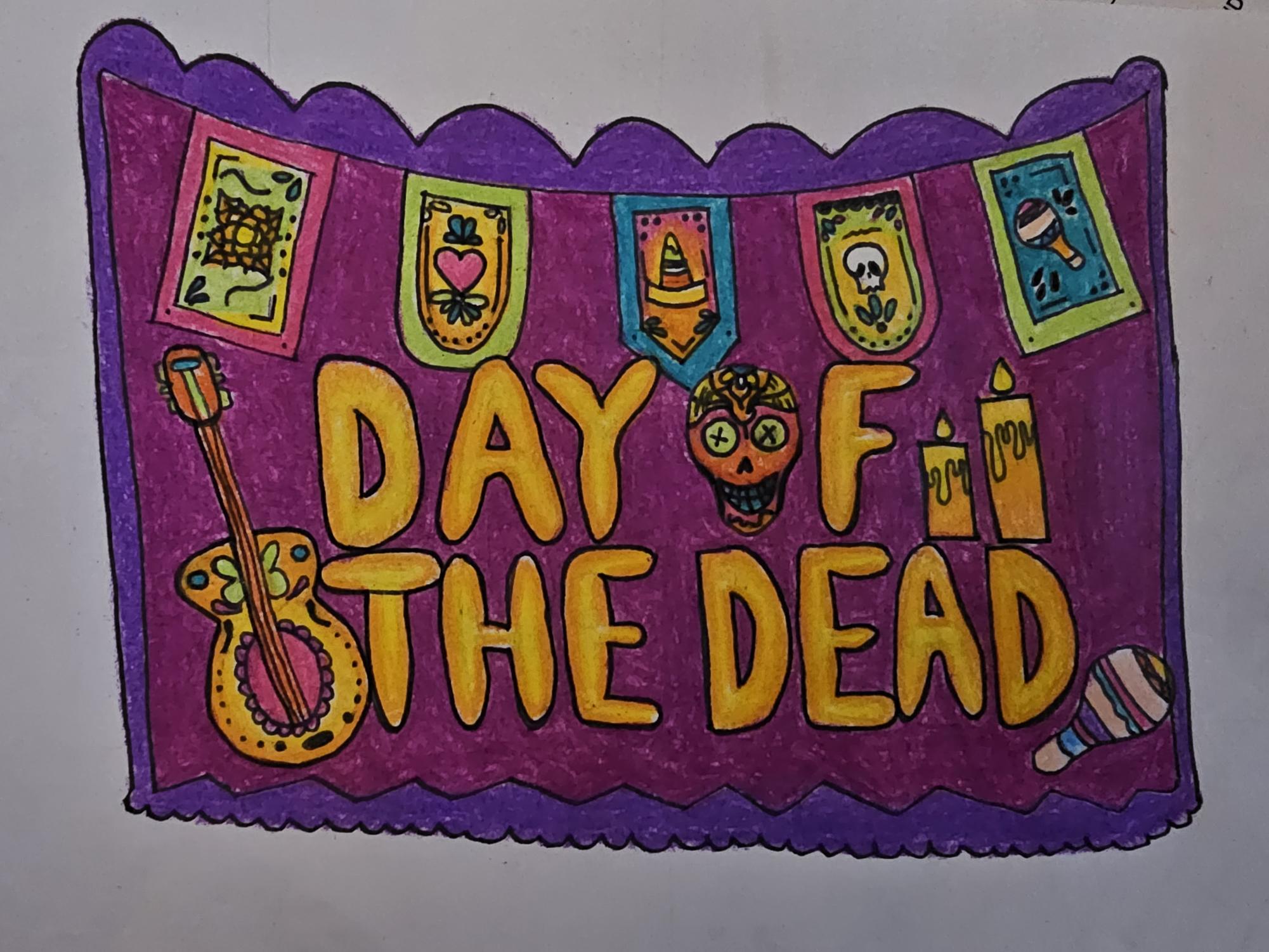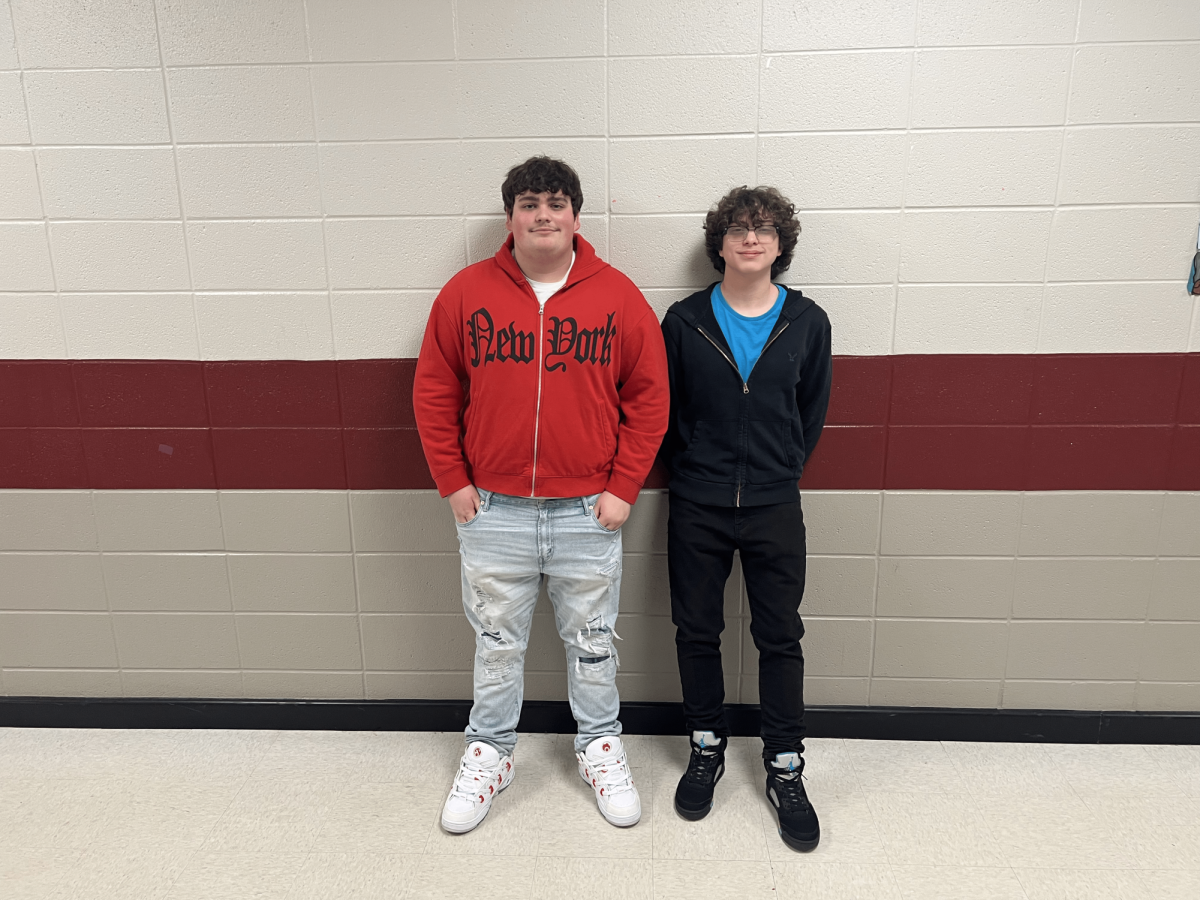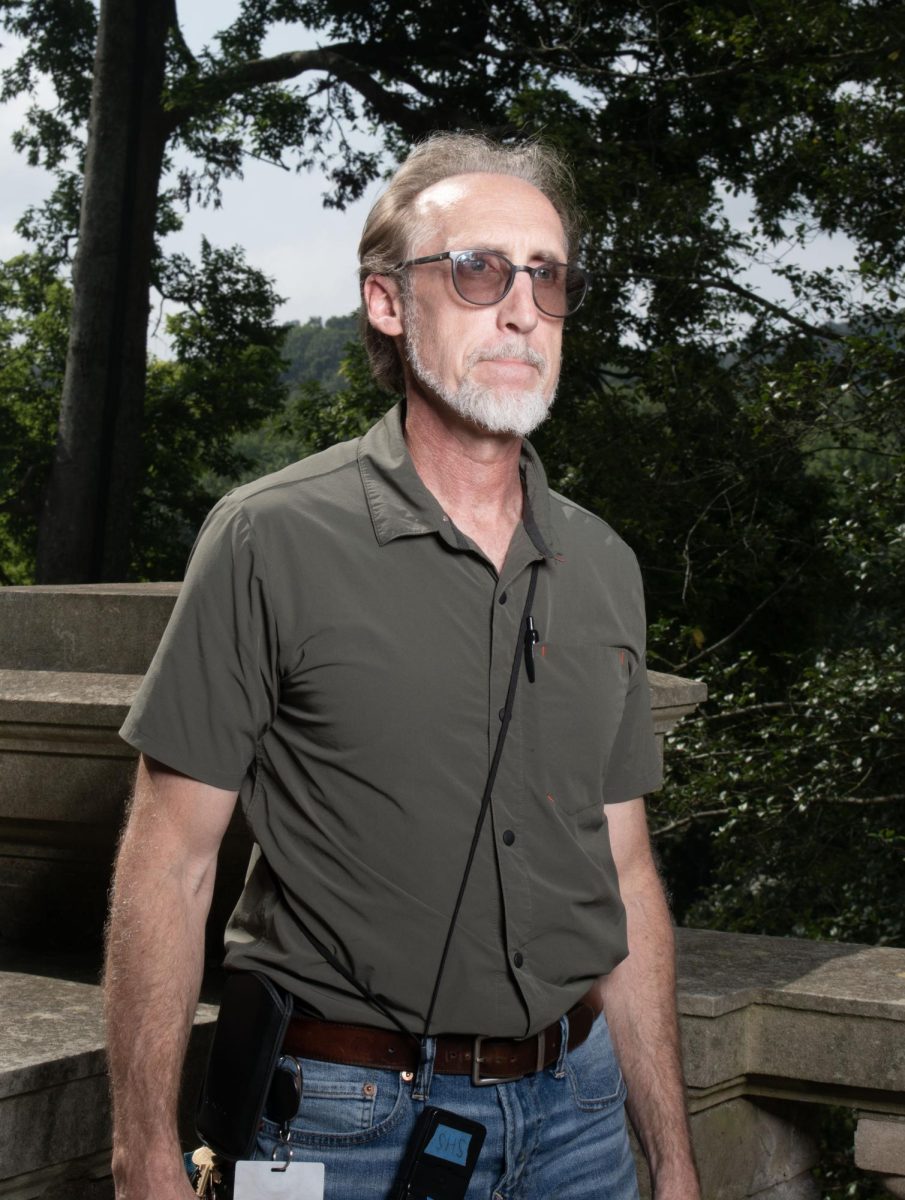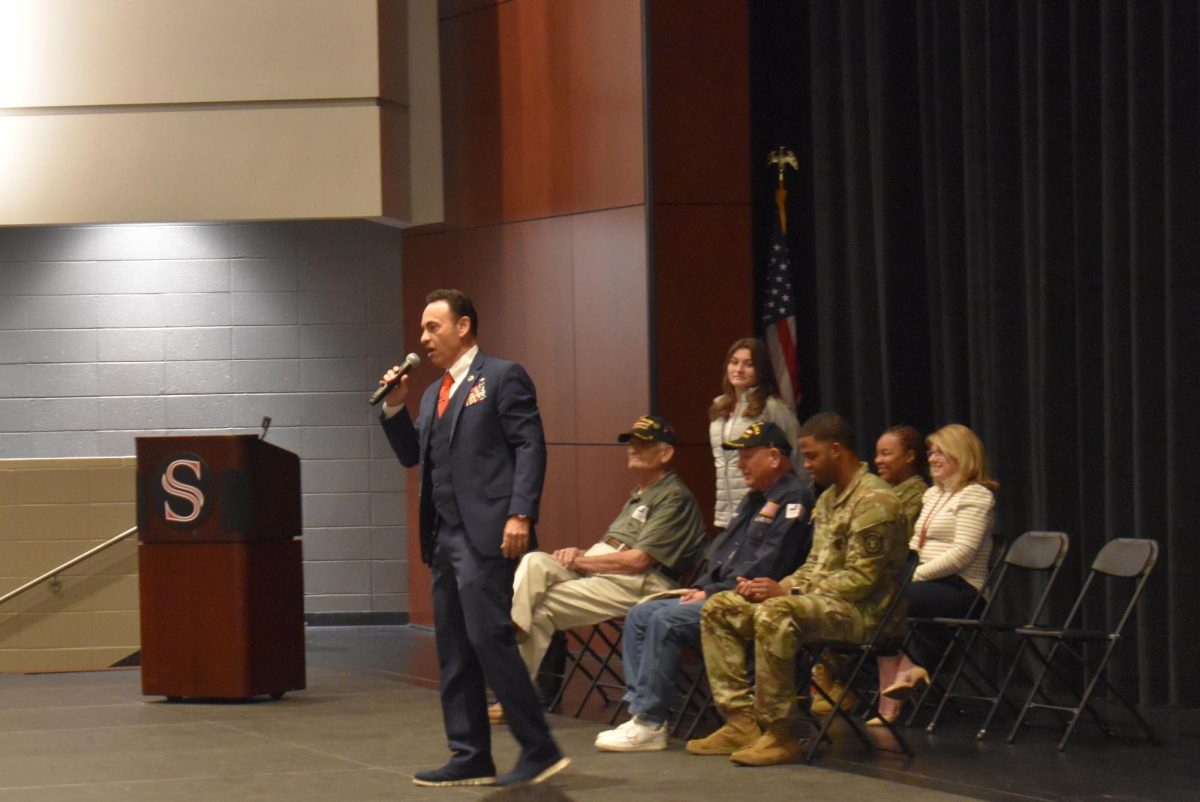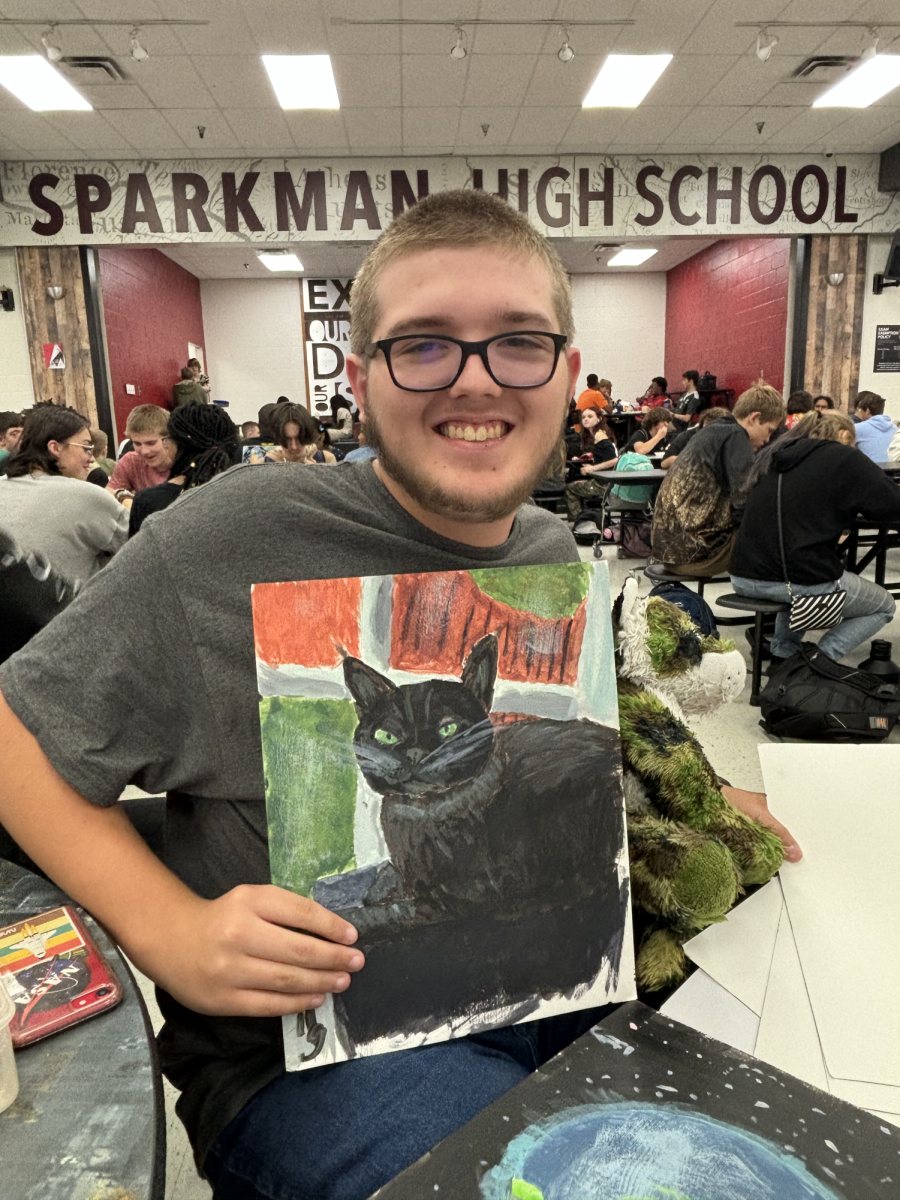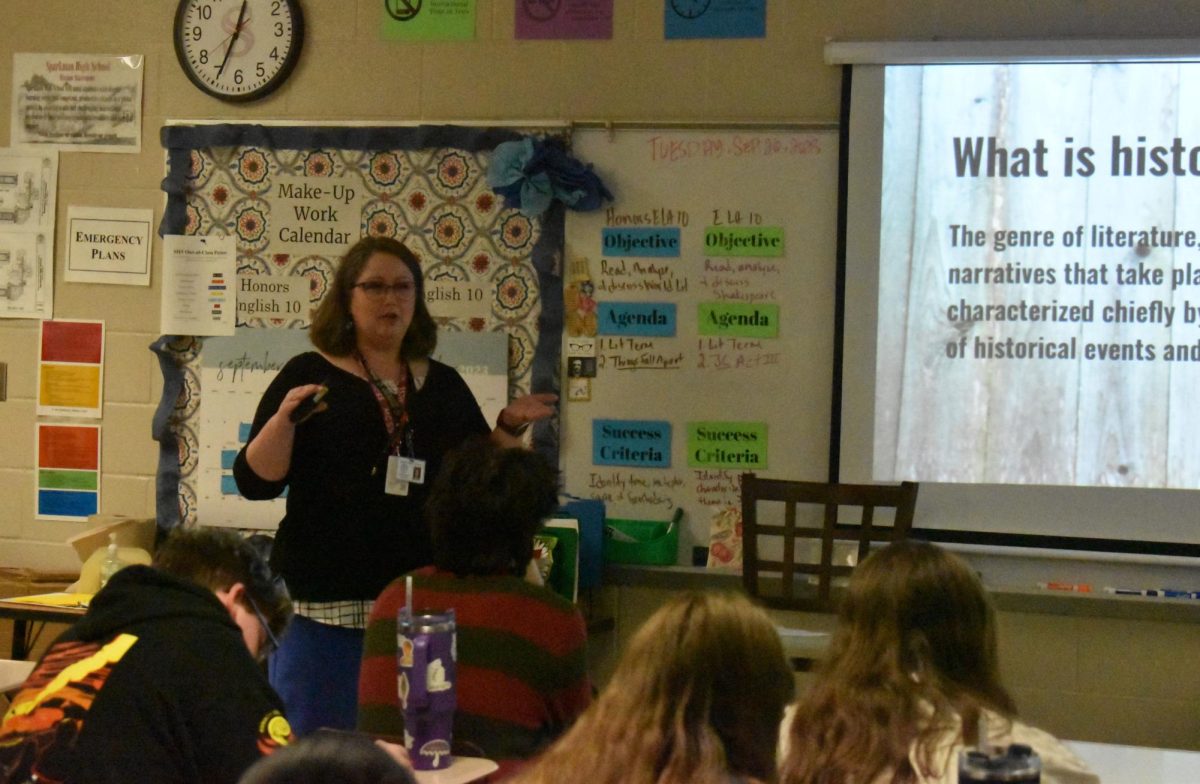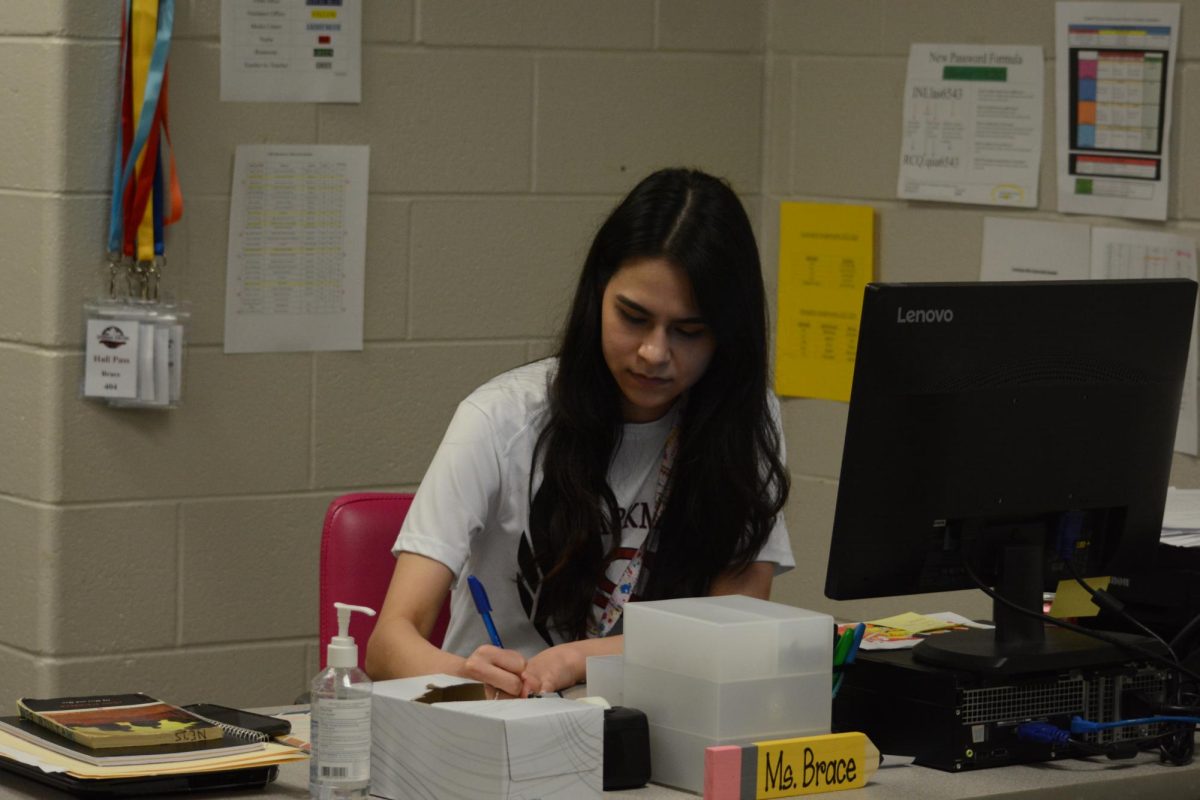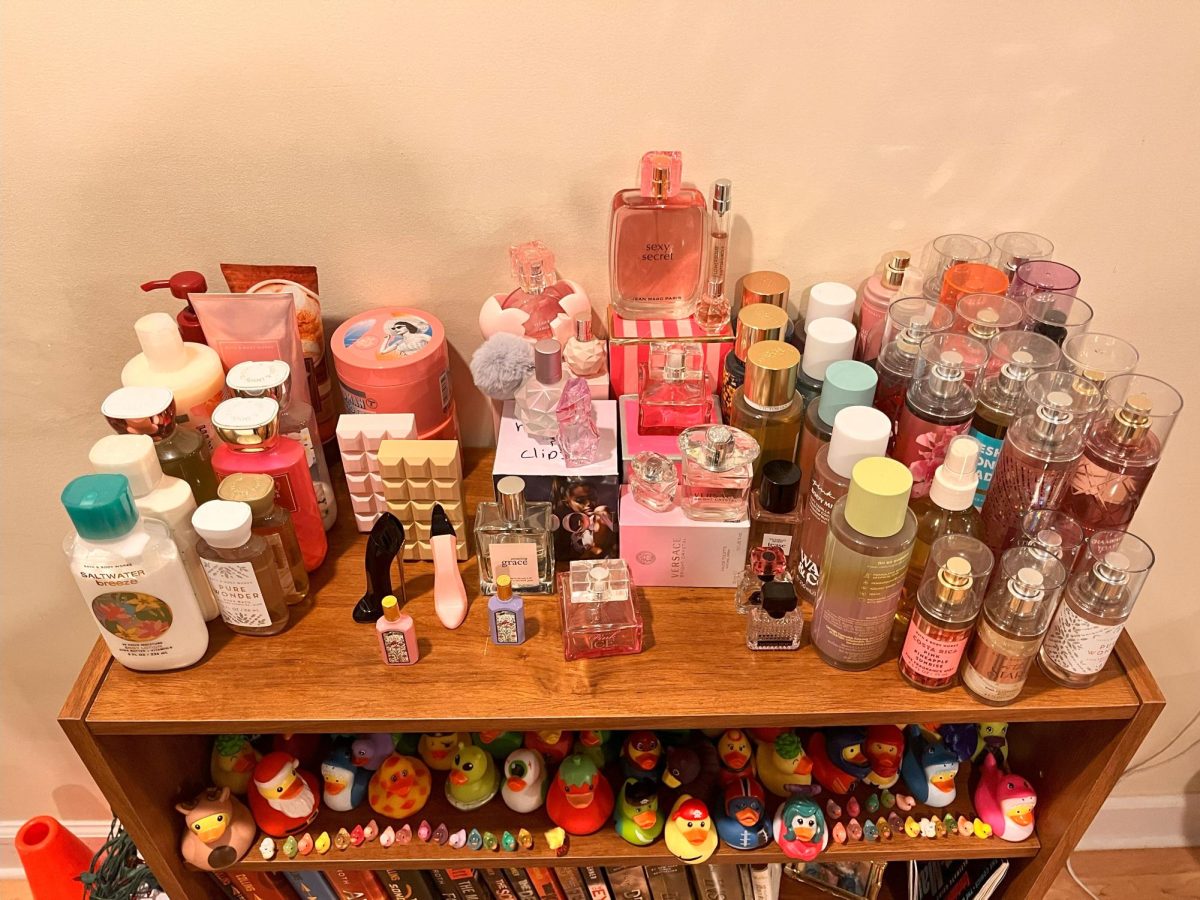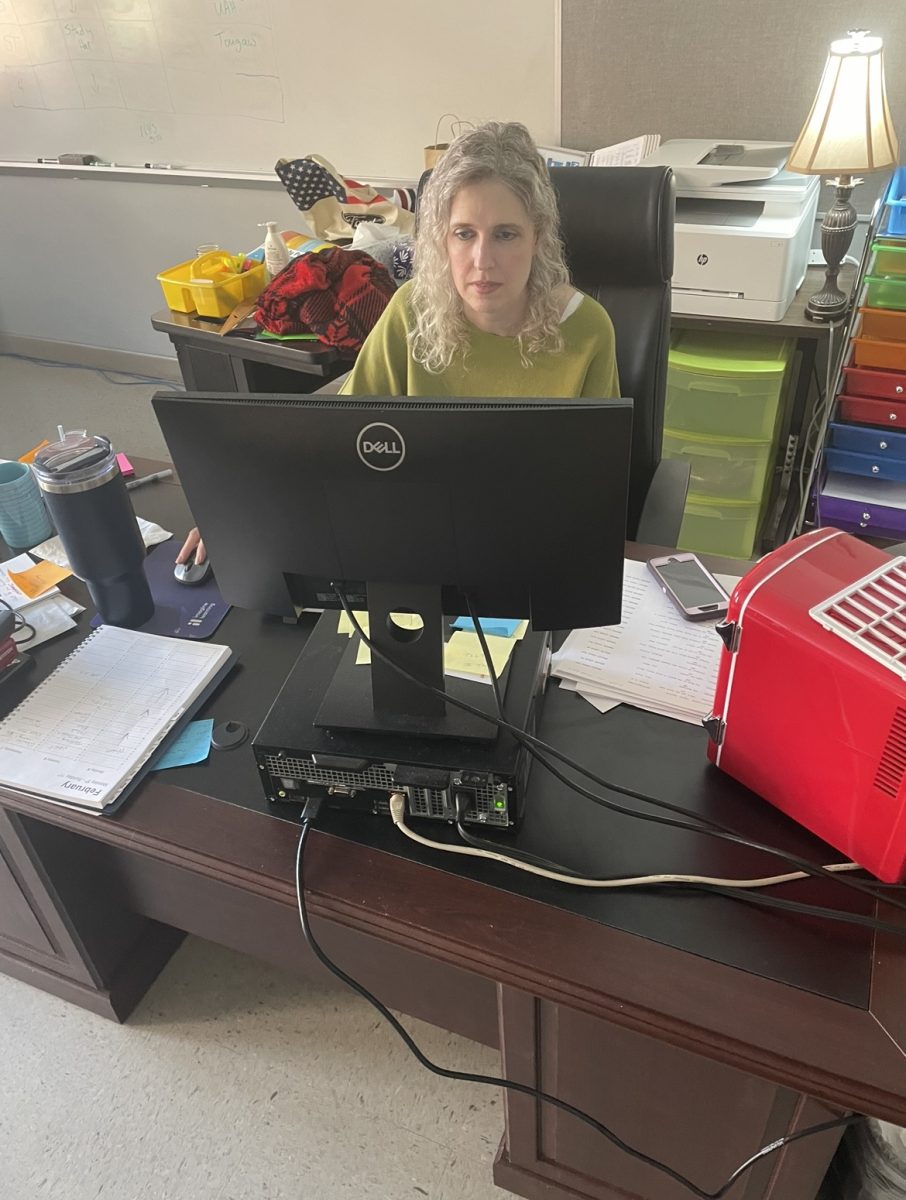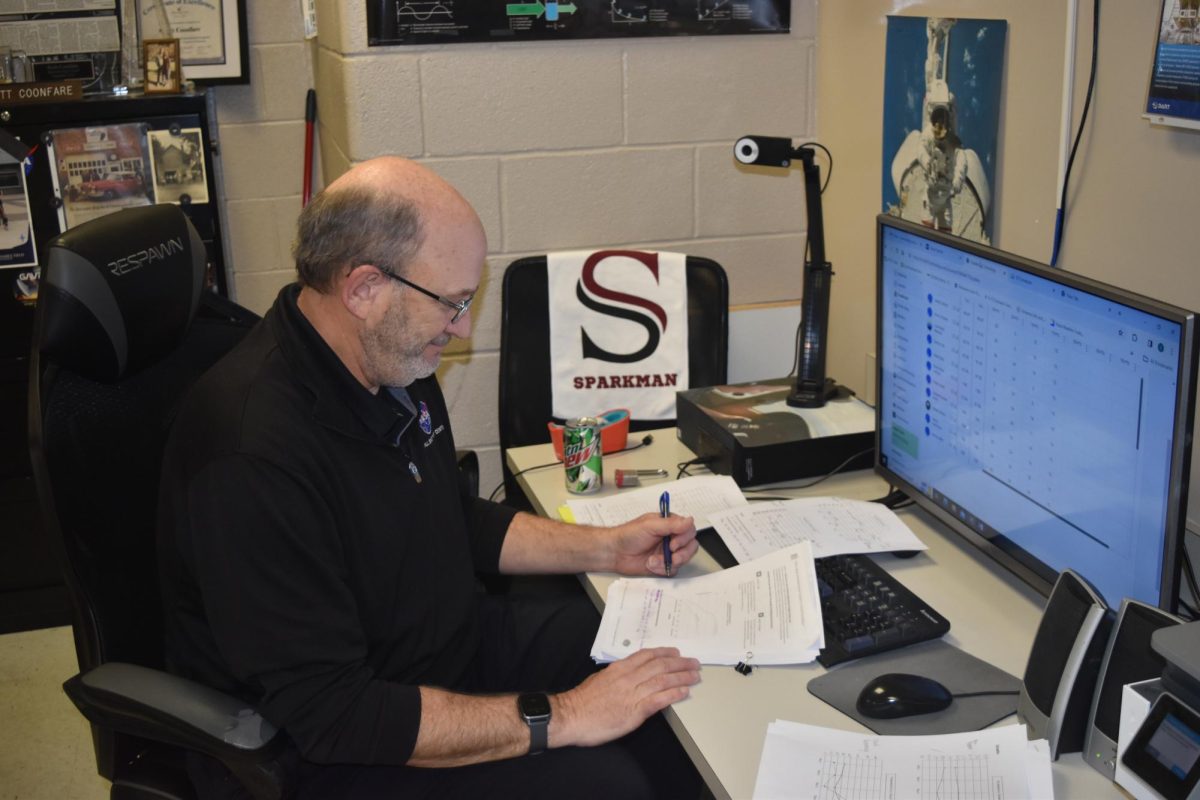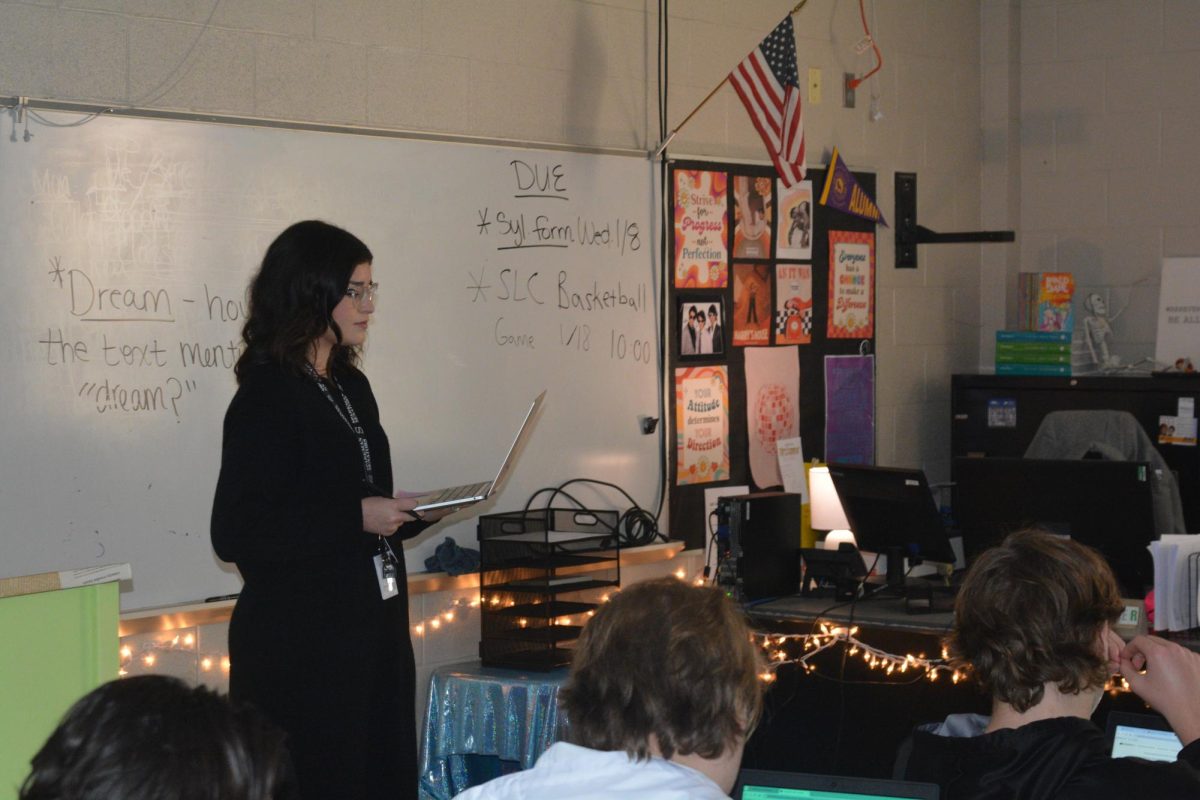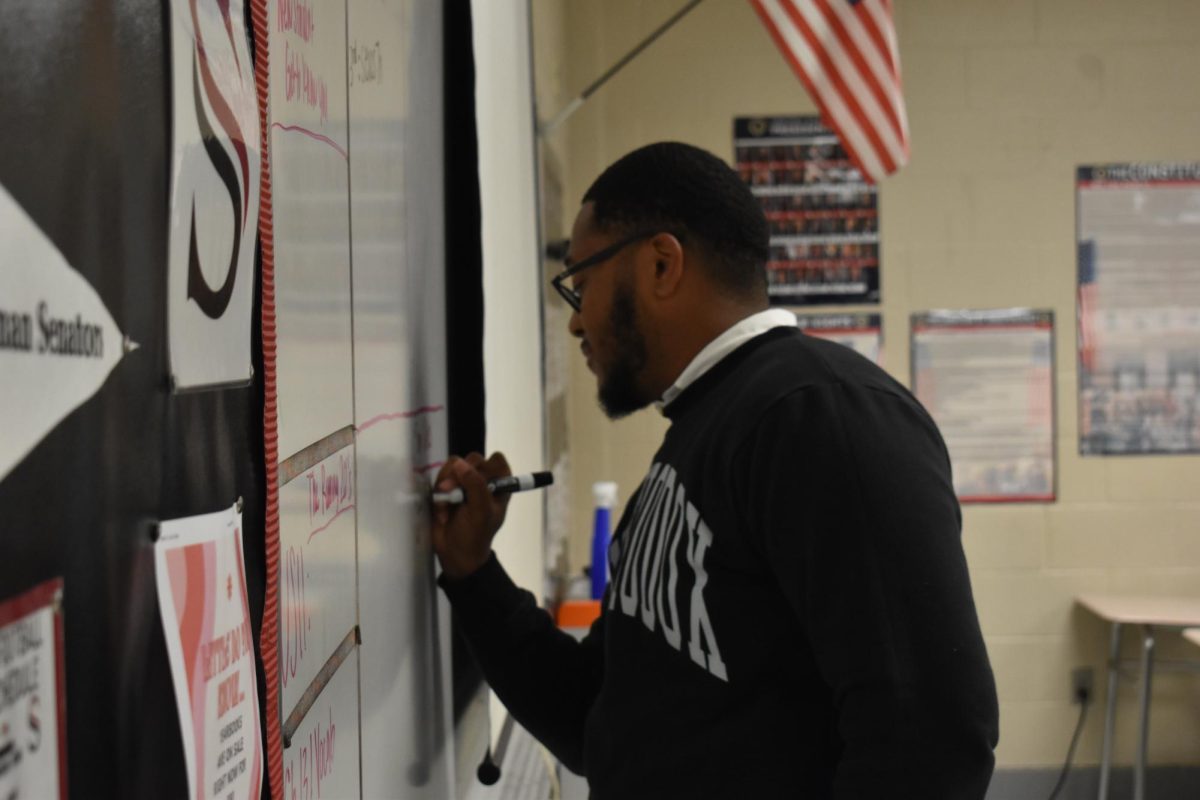Day of the Dead is a holiday that is usually celebrated in Mexico to remember the deceased. Some say it is like a family reunion with their dead ancestors but with much delight. Calaveras de azúcar, also known as sugar skulls, are used in this ancient holiday to represent a welcoming gesture to the dead to visit beloved ones on the Land of the Living. Many share stories about their ancestors to keep them alive in their hearts.
“In my house, we set up the ofrenda which is a table with a wide variety of dishes that our ancestors loved, with pictures, candles, and marigolds,” sophomore Kimberly Martinez said.
There are a variety of different things they do each day of the holiday. On the first day, or Oct 27, they commemorate the pets that they’ve lost. On the 28th those that we lost in a violent and tragic death. The 30th are those that died from an accident, the 31st are the little babies who have died too soon.
“Nov. 1 is when it’s believed that our ancestors come and visit us. On Nov 2 it is when we visit their graves and have a little celebration there with some music, food, stories and other festivities,” Martinez said.
Interesting stories are shared about the pasts of their ancestors and friends while having dinner and a drink or two. Stories like how funny and silly they were or how weird and encouraging they were.
“I have many interesting stories about my ancestors that have been told like, my dad’s side of the family are Mayans and my mom’s side of the family are Aztecs,” sophomore Allison Lopez-Rodriguez said.
Listening to different stories that your relatives told you can change your perspective on how you saw your ancestors.
“It gives me another perspective on my ancestors that I never really got to interact with. When I was born both of my Grandpas were dead so being able to learn about them, how they were and listening to stories about them makes me feel like I have met them and actually have a connection to them other than just being their biological granddaughter,” Martinez said.
Food is a key part of Day of the Dead it resembles what past ancestors enjoyed eating. Food is usually on or around the ofrenda and is placed as decorations from Oct. 30 to Nov. 2. It invites the deceased for a visit to the Land of the Living to enjoy the offerings we have made.
“The food that we make consists of the things we remember that our ancestors loved and if we can’t remember we go for a widespread variety of cultural dishes some of the things it consists of are: tamales, mole, tacos, pan de muerto (pan dulce),” Martinez said.
Although this holiday is most commonly celebrated in Mexico, it is not celebrated enough in America and other countries. It is a joyful and colorful holiday, many people would enjoy celebrating it.
“I think they should because it’s a way of honoring people that have passed in your family, friends, or anyone you know. I think that’s a way of respecting them and bringing back memories,” Rodriguez said.



